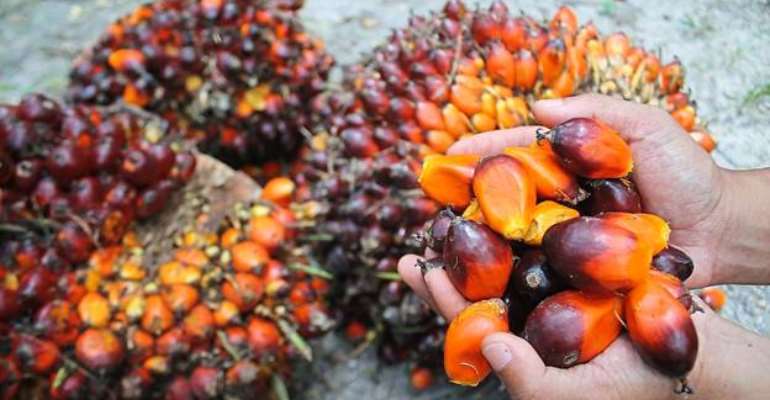Abstract
BACKGROUND:
Inflammaging is a persistent, low-grade, sterile, nonresolving inflammatory state, associated with the senescence of the immune system. Such condition downregulates both innate and adaptive immune responses during chronic disorders as type II diabetes, cancer and hemodialysis, accounting for their susceptibility to infections, malignancy and resistance to vaccination. Aim of this study was to investigate hemodialysis inflammaging, by evaluating changes of several hemodialysis treatments on indoleamine 2,3-dioxygenase-1 activity and nitric oxide formation.
METHODS:
We conducted a randomized controlled observational crossover trial. Eighteen hemodialysis patients were treated with 3 different hemodialysis procedures respectively: 1) Low-flux bicarbonate hemodialysis, 2) Low-flux bicarbonate hemodialysis with vitamin E - loaded dialyzers, and 3) Hemodialfitration. The control group consisted of 14 hospital staff healthy volunteers. Blood samples were collected from all 18 hemodialysis patients just after the long interdialytic interval, at the end of each hemodialysis treatment period.
RESULTS:
Hemodialysis kynurenine and kynurenine/L - tryptophan blood ratio levels were significantly higher, when compared to the control group, indicating an increased indoleamine 2,3-dioxygenase-1 activity in hemodialysis patients. At the end of the low-flux bicarbonate hemodialysis with vitamin E - loaded dialyzers period, L - tryptophan serum levels remained unchanged vs both low-flux bicarbonate hemodialysis and hemodialfitration. Kynurenine levels instead decreased, resulting in a significant reduction of kynurenine/L - tryptophan blood ratio and indoleamine 2,3-dioxygenase-1 activity, when matched to both low-flux bicarbonate hemodialysis and HDF respectively. Serum nitric oxide control group levels, were significantly lower when compared to all hemodialysis patient groups. Interestingly, low-flux bicarbonate hemodialysis with vitamin E - loaded dialyzers nitric oxide serum levels from venous line blood samples taken 60 min after starting the hemodialysis session were significantly lower vs serum taken simultaneously from the arterial blood line.
CONCLUSIONS:
The treatment with more biocompatible hemodialysis procedure as low-flux bicarbonate hemodialysis with vitamin E - loaded dialyzers, reduced indoleamine 2,3-dioxygenase-1 activity and nitric oxide formation when compared to both low-flux bicarbonate hemodialysis and hemodialfitration. These data suggest that low-flux bicarbonate hemodialysis with vitamin E - loaded dialyzers lowering hemodialysis inflammaging, could be associated to changes of proinflammatory signalling a regulated molecular level.
Read More

